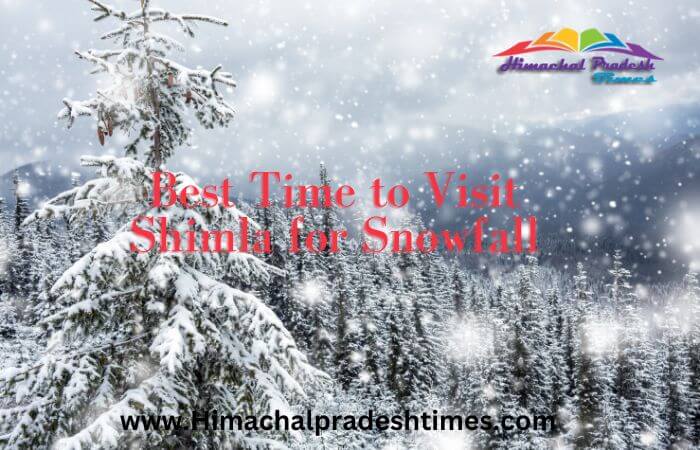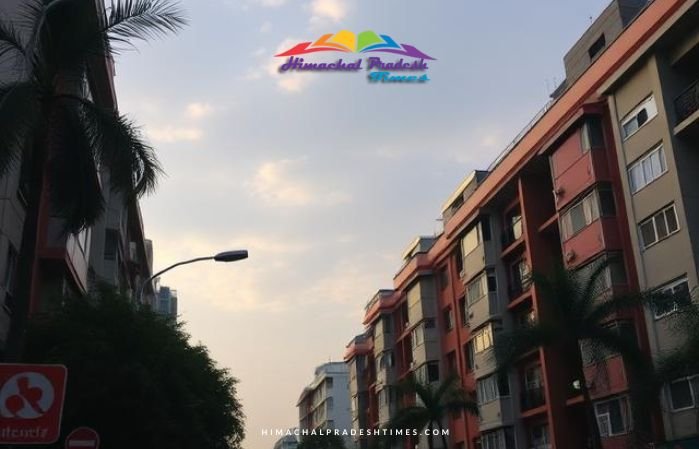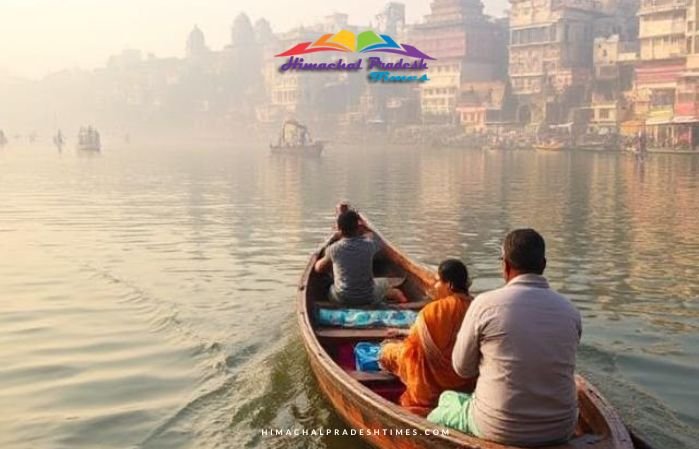Best Time to Visit Shimla for Snowfall
Shimla is a wonderful destination, nestled among the majestic hills. It offers a mild climate in summer and a very cold winter. It is known for its subtropical highland climate. Tourists love Shimla, which is located at 2,202 meter elevation.
Shimla Summer
The summers are mild and pleasant with temperatures ranging from 150C to 300C. Evenings are quite manageable if you only wear light woolens.
Monsoon in Shimla
The Monsoons spend their time in Shimla between July and September. They experience heavy, non-stop rains and are surrounded by extremely cold temperatures.
Shimla Winter
Shimla experiences cold winters between November and February, with the temperature dropping to bone. The cold wind from the Himalayas to the North keeps you cool during this period. The beautiful snowfall can be seen between December 31 and January 1. Temperatures range from 80C to as low -20C during this period.
Shimla’s summer months are the best as the weather is perfect and you can only wear light woolens during the evenings.
Freezing cold with snowfall January
The first week may see snowfall. Cold winds from the Higher Himalayan region can bring snowfall, making this a great time to be a winter/snow lover and honeymooner.
February Month in Very Cold
The Himalayan Peaks’ chilly winds make it very cold, making it ideal for honeymooners. The temperature starts to rise towards the end of the month. The mid-month is when snowfall ceases.
March is moderately cold
Shimla is at its best in spring, with March being the best month to visit. The clear blue skies, cool breeze, and abundance of greenery make it a wonderful time to visit.
Pleasant, April and May
For wildlife, adventure and tourist activities. It is a wonderful time of year with cool breezes, clear skies, lush greenery, and the scenic beauty and wonders of nature. Snowfall occurs only at high altitudes. It is the hottest month in the year, but it does not cause any inconvenience to tourists. It’s still warm, but the nights are cold and snowy at higher altitudes. During this month, you can attend the famed Summer Festival of Shimla.
Read More: Enjoy Your Holiday In Shimla With Exclusive Stay & Wonderful Food
June Month Moderately Hot
Monsoon comes to Shimla to bring rain, but it is not an inconvenience for tourists. It’s a fun experience to walk along the busy Mall Road at night or day, and enjoy shopping during this month. The higher hills have little snow.
June & August in Rainy
The monsoon can pour down on Shimla making it unsuitable for tourists. Due to heavy rains, Shimla could experience natural disasters like tree falling and land sliding. While snow is not visible on the plains, there are some spots at higher altitudes.
Thundershowers can be severe and skies are often covered in black clouds. It is a bad time to visit because of road blockages and other problems. High altitude snowfall is possible.
Pleasant September Month
The monsoon is still pounding the region, but it will start to recede by the middle of the month. Tourists can take advantage of the cold winds and lush green cover, but also fell snow opportunities by wearing light woolen clothes.
October Month in Moderately Cool
Shimla welcomes autumn during the month of October. There are more opportunities for adventure activities in Shimla and other tourist activities. Shimla is less crowded due to clear skies, visible mountain peaks, and cold nights. On very high elevations, some snow can be visible.
November Month in Very Cold
The region experiences winter by the end the month. Winter clothes are required to enjoy winter activities such as skating, trekking, and other adventure sports. You can enjoy snow at high altitudes but not on the ground.
December is freezing cold with snowfall
The views of snow-covered peaks and lush green hills are a blessing for tourists. Winter sports activities are at their best. The region is home to Christmas and New Year celebrations. Shimla receives new snowfall at the end of each month.
Read More: Best Time To Visit In Dalhousie







